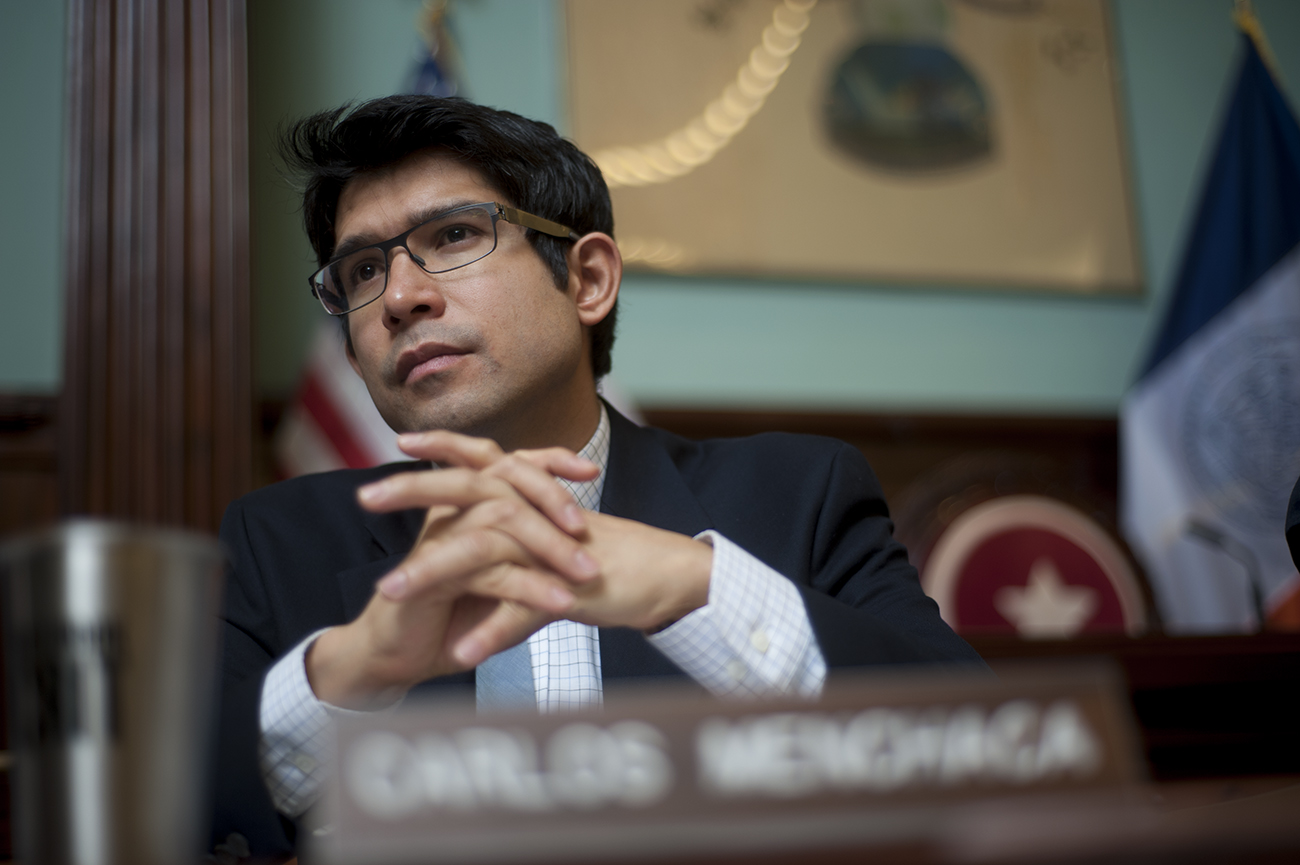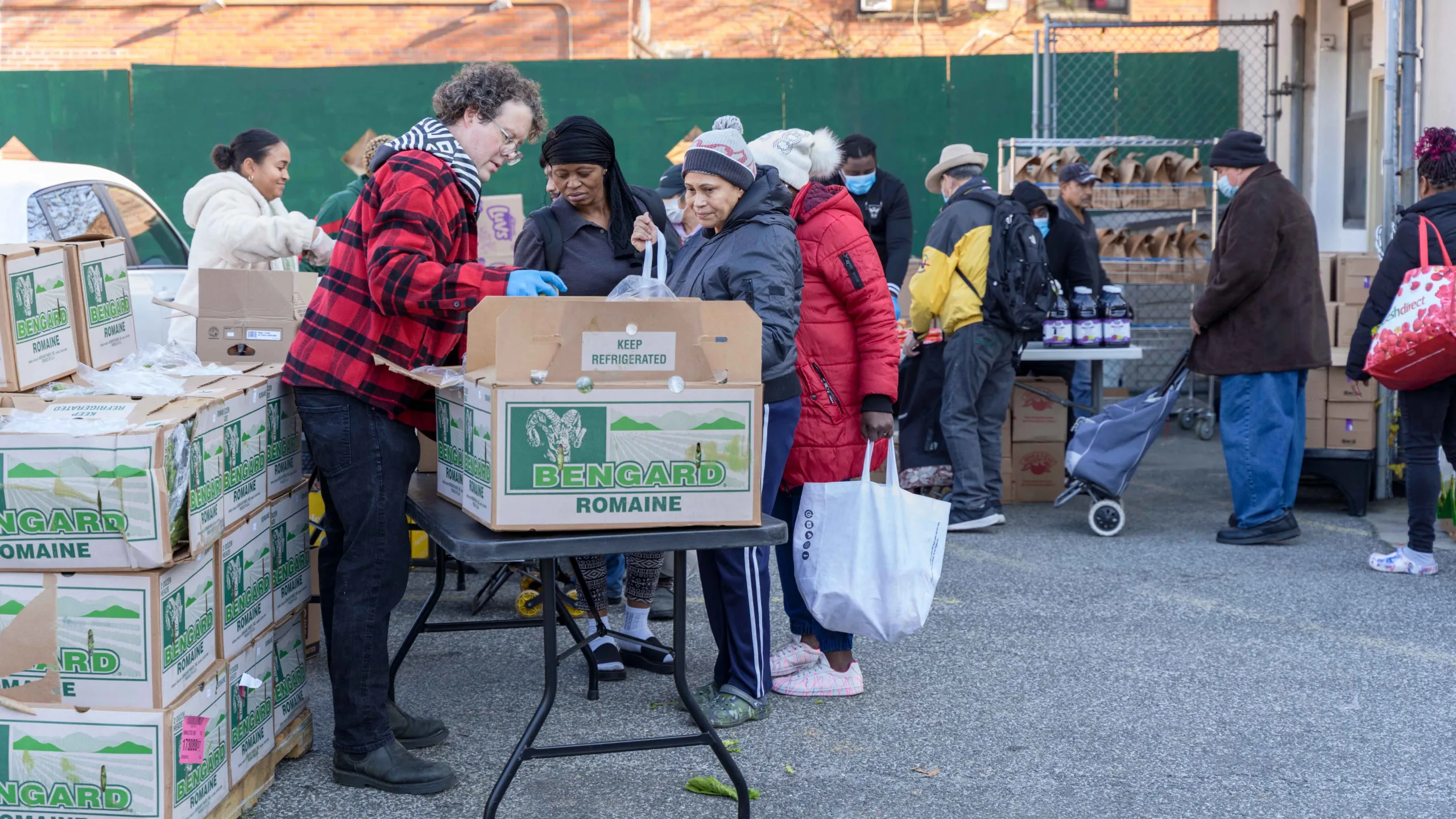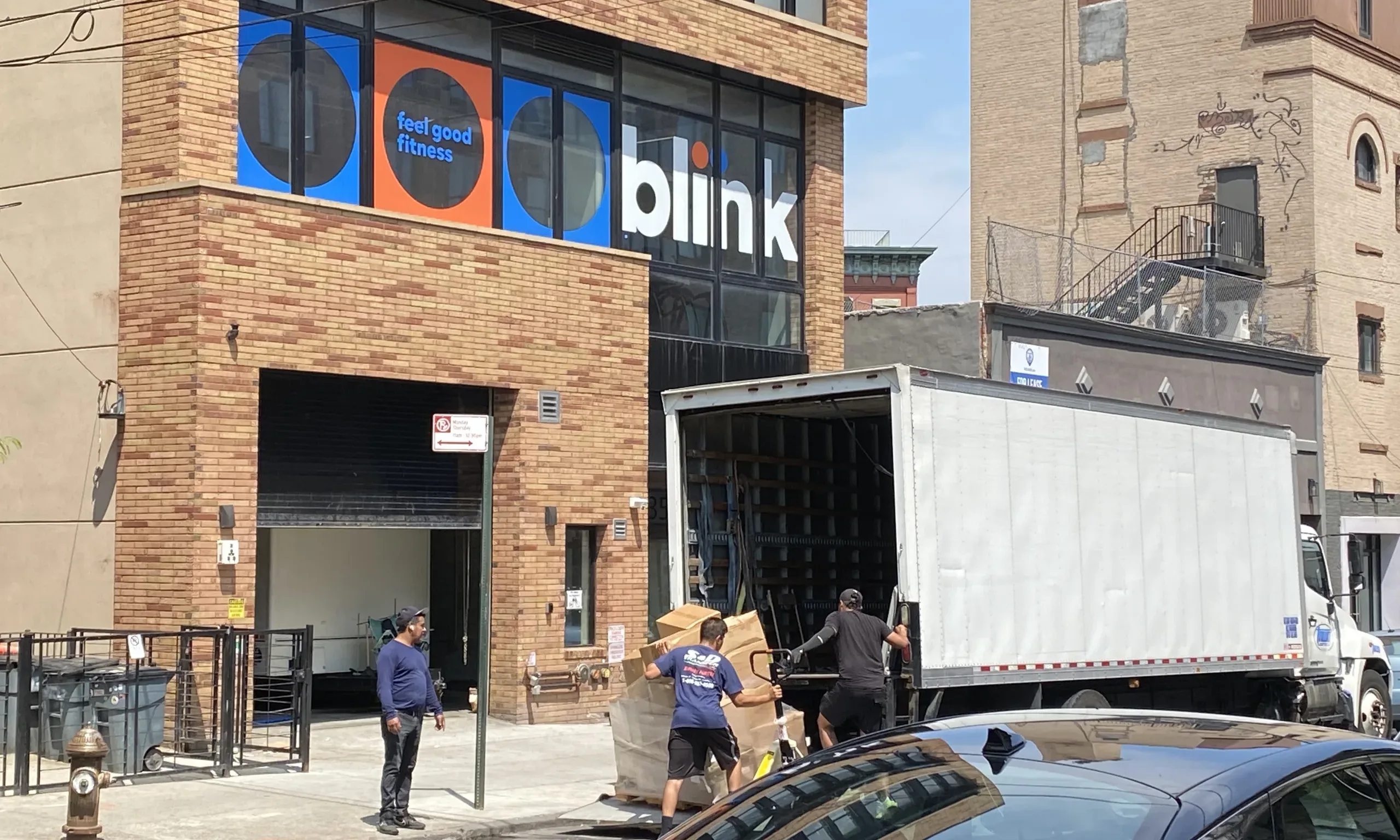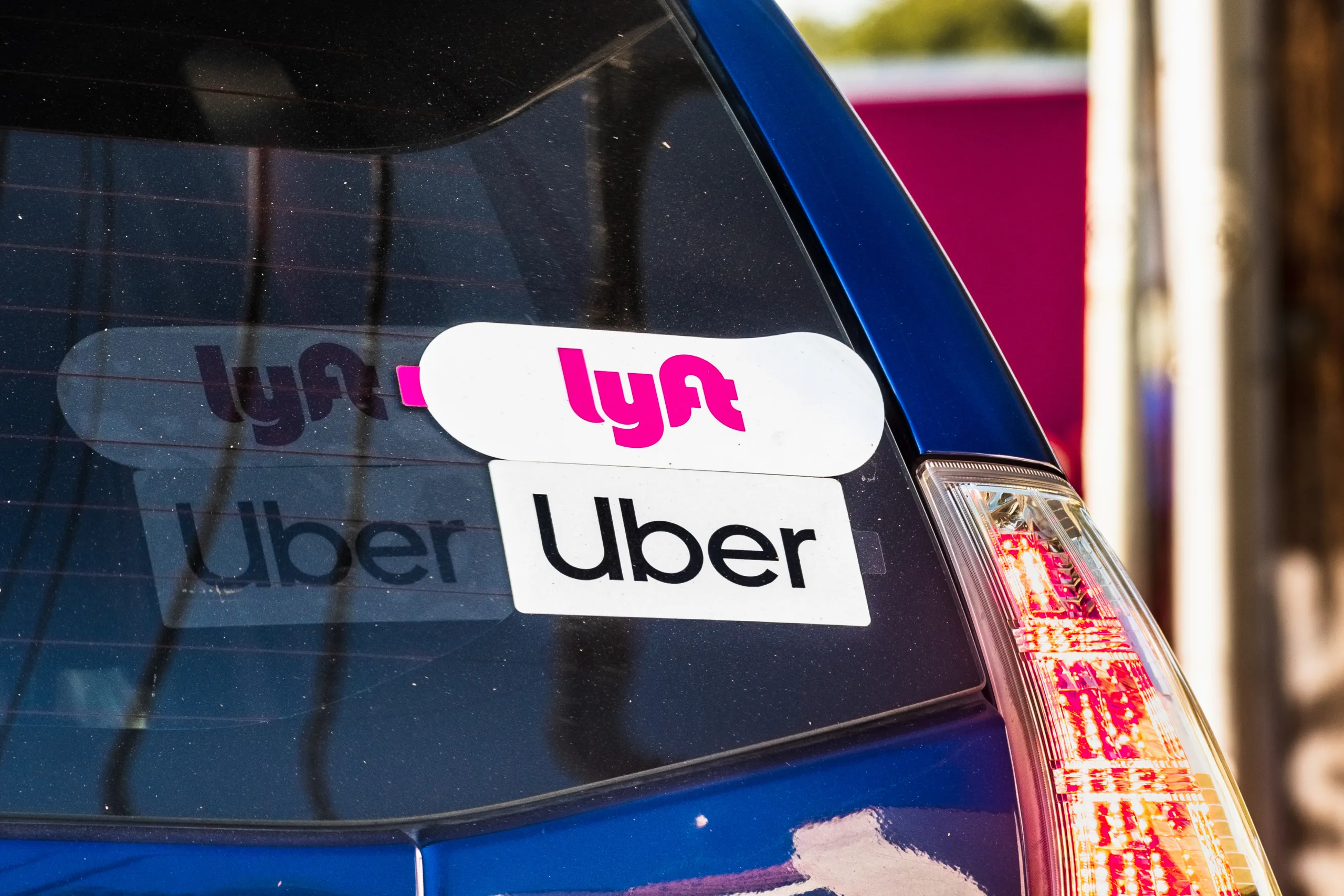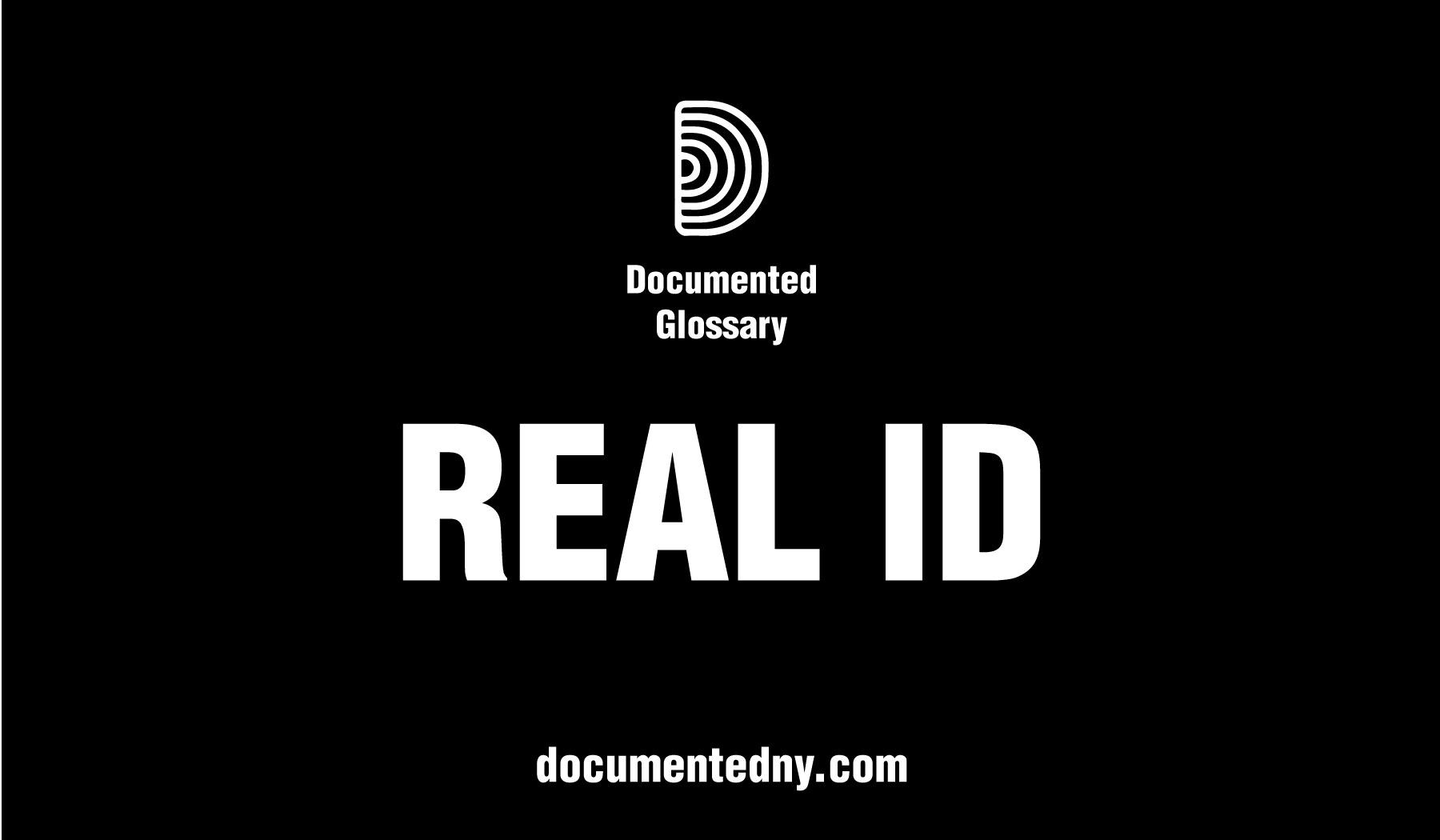A member of the New York City Council demanded answers from Immigration and Customs Enforcement on Tuesday, over the agency’s refusal to bring detained immigrants to court hearings.
The Varick Street immigration court has had to resort to video hearings more often due to a recent shift by ICE to not allow immigrants to physically appear in court.
In a letter to the ICE’s New York field office director, Thomas Decker, obtained by Documented, Councilman Carlos Menchaca, accused the agency of openly defying “the City of New York’s obligation to provide legal representation to detained immigrants facing deportation” and defying the will of its taxpayers.
Almost two months ago, ICE officials overseeing the transfer of detainees to the immigration court at Varick Street in downtown Manhattan decided that the presence of Occupy ICE protesters outside the building presented a risk to detainees and ICE personnel.
Unlike in other cities, where similar protests “briefly disrupted” normal operations, ICE officials in New York shut down in-person hearings and have required detained immigrants with active cases to beam in via video link. “This decision was made in order to ensure the safety of ICE employees, the court, the public and the detainees,” a spokeswoman told the New York Daily News at the time.
While the protestors are now gone, ICE still requires immigrants to appear on-screen from detention centers miles away. Immigration attorneys and city officials say that the practice slows down proceedings and makes it harder for immigrants to present their cases in what can be de facto life-or-death proceedings.
It’s not out of the question that the videoconferencing issue could end in litigation between the city and ICE. Attorneys working for a city program that represents immigrants have already sued the federal government over procedural changes that hurt their detained clients.
“There have been no public reports of any violence or threats of violence to detainees, ICE employees, or others affiliated with the court and its operations since the policy was enacted,” wrote Menchaca, who chairs the Council’s Committee on Immigration, questioning the logic of keeping the in-person hearings closed. ICE told The Appeal a month ago that continuing to suspend transporting detainees to Varick Street for hearings was “not specific to protesters at the Varick Street location” and “not a punishment or retaliation in any way,” yet holding that the teleconference solution would be used “for the foreseeable future.”
Menchaca and other elected representatives had previously expressed concern over the videoconferencing policy. In late July, a group of 13 New York Democratic Congress members and the two Democratic Senators, led by Representatives Nydia Velázquez and José Serrano, sent a letter to Ronald Vitiello, the acting director of ICE, saying that the videoconferencing policy made it “unlikely that an immigrant in deportation proceedings will be able to receive full and fair considerations of their petition and to meet with an attorney. It may also impact an immigrant’s ability to exercise their full rights to attorney-client confidentiality.”
Menchaca tied the issue directly to the efficacy of the New York Immigrant Family Unity Project (NYIFUP), a city-run system that funds legal representation for immigrants that are detained and facing removal proceedings. The program was created to operate like a public defender service for immigrants because people facing deportation are not entitled to an attorney if they cannot afford one.
The immigration chair said that the ongoing policy was “depriving immigrants of their right to a full and fair hearing,” and noted that the impacts “directly contradict and undermine the will of the City Council and the taxpayers of the City of New York to provide legal representation to detained immigrants facing deportation.”
Menchaca cited a report by the Vera Institute for Justice in November 2017, which showed that, before NYIFUP’s 2014 enactment, only 4 percent of unrepresented, detained cases were successful, while NYIFUP clients had about a 48 percent chance of winning their cases. “What that statistic represents is not special treatment, but the operations of justice. By reducing the number of self-represented immigrants, NYIFUP streamlines court proceedings and lowers the social and economic costs of keeping them detained. That is a boon to taxpayers and ICE.”
TestPost3
The focus on the operational and financial hit to a taxpayer-funded program could be more than just another argument against the videoconferencing policy. For the city to file or join possible litigation in an attempt to force ICE to cease the practice, it would have to establish that it had been directly harmed by ICE’s conduct. Providing evidence of the waste of taxpayer resources would be more straightforward than litigating over the collective impact of higher numbers of deportations or immigrants’ difficulty in winning cases.
A spokesman for Menchaca said he could not comment specifically on whether the letter previewed court action, and was not sure if the councilman had discussed the issue with the city’s Law Department, who could intercede on the city’s behalf. Some Council members have sued for the ability to file amicus briefs in their official capacities, though they are not currently able to do so.
In the July Appeal article, Andrea Sáenz, a supervising attorney at the Brooklyn Defender Services — one of the organizations that forms part of the NYIFUP program — said “we’re looking at all of our options. We have a lot of calls and meetings planned in the next couple weeks to decide what we’re going to do.”
Menchaca’s letter requests “a written explanation, with clear legal justification and empirical support, for why the Varick Street Immigration Court continues to deny NYIFUP lawyers in-person consultations with detained immigrants in ICE custody.” If ICE fails to supply a clear legal justification, it’s entirely possible that Menchaca may try to draw the city into a court fight.
